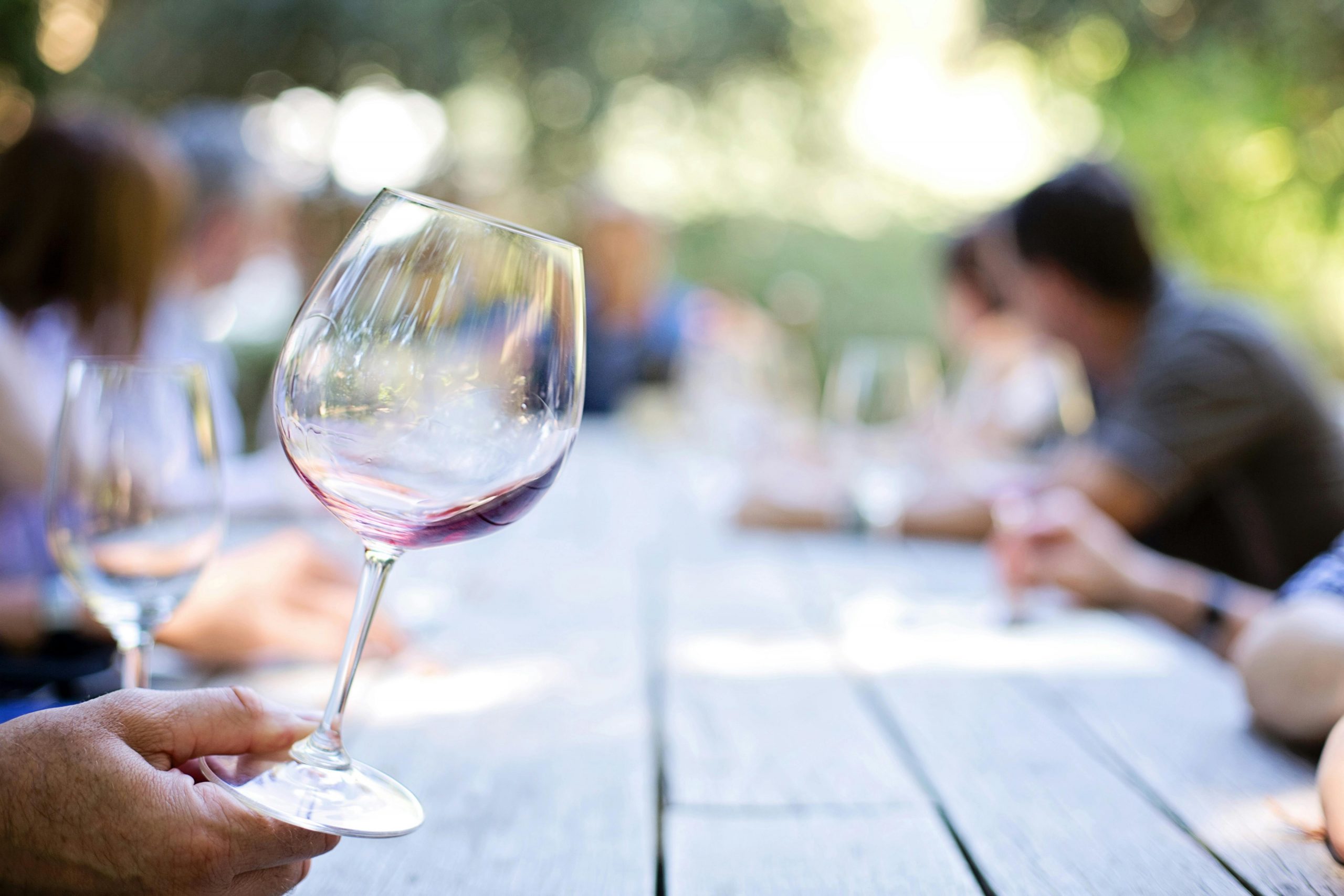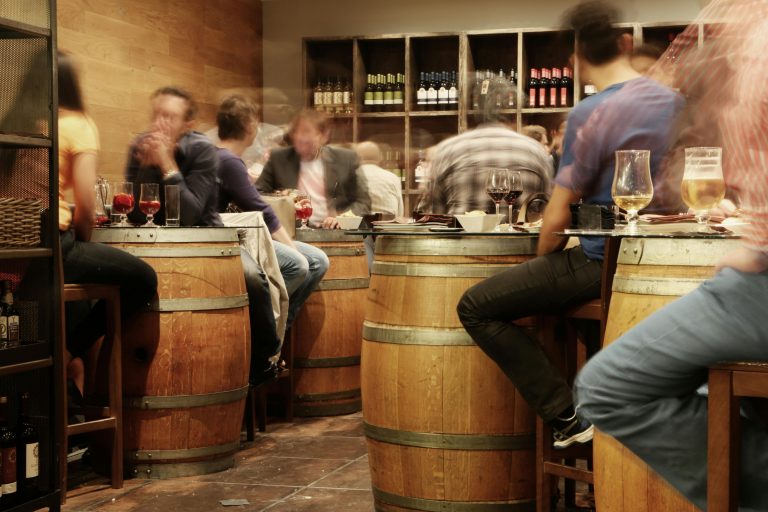Wine tastings can feel daunting. The colours, the smells, the tasting notes. If you’re new to wine or simply enjoy a relaxed glass over the weekend, it’s easy to get a little lost. But don’t worry, that’s about to change. Here’s the only guide you’ll ever need to start tasting wine like a pro, or at least fake it till you make it.
The method
1. Read the label, your first clue
We all love a pretty label, but it serves more purpose than just great design. The label gives you valuable insights into the wine before the cork even pops:
- The vintage: This is the year the grapes were harvested and the wine process began. For wine aficionados, the vintage hints at the quality of the growing season. For beginners, it’s a great conversation starter. Ask the winemaker about the conditions that year.
- Varietal vs variety: A varietal wine is made from one grape type, like Merlot or Sauvignon Blanc. A blend includes many grape varieties, like the popular GSM (Grenache, Syrah and Mourvèdre).
- Region: Knowing where the wine comes from matters. The soil, climate, and topography (or the ‘terroir’) shape a wine’s personality.
2. Take note of the colour
The colour of a wine can reveal its age, body, and grape variety. Tilt and hold your glass up in the light, or against a white surface and observe its qualities.
- White wines span from straw yellow to perfectly golden.
- Red wines range from transparent ruby to ink burgundy.
3. Swirl it!
Gently swirling wine in a glass forces it to come into contact with oxygen in the air. This helps release the wine’s full potential, allowing us to smell its full range of aromas and taste its complexity. Additionally, swirling coats the glass in wine. Notice, as the wine settles, the ‘legs’ or streaks that form on the sides of the glass. These indicate the wine’s age, varietal, and in some cases, the sugar content.
4. Smell it like you mean it
Now that the wine’s full potential is released, give it a good sniff. The aroma will give you an idea of what your mouth is about to taste. You might pick up on fruits, citrus, spices, and oak notes.
5. Take a sip
Take a small sip of the wine and let it sit on your tongue for a few seconds to coat it. Then, gently swish the wine around your mouth, noting the flavours and textures as you go. When you’re ready, either swallow or spit into a spitoon; it’s your call.
6. Any aftertaste?
After your sip, note the wine’s aftertaste, or the ‘finish’. Do the flavours and textures remain, change, or disappear? Long-lasting aftertastes usually indicate higher quality and complex wines.
7. Cleanse your palate
Cleanse your palate with water or a dry cracker before taking another sip of the same wine or from another bottle. Experience a second round of smelling and sipping, and note any differences.

Here’s some terminology to help you express your thoughts
- Acidity: Acids in wine help enhance the taste of wine by bringing freshness and making you salivate.
- Astringency: That drying, puckering feeling (thanks to tannins).
- Body: The weight of the wine ranges from light, medium, and full.
- Bold: Big, intense flavours that pack a punch.
- Bouquet: This wine’s aroma. Ranging from fruits, citrus, spices, flowers, herbs, and even freshly cut grass.
- Complexity: A layered wine with changing notes as you sip.
- Notes: Specific flavours and notes you pick up.
The flavours and complexity of wine
- Fruit: Berries, citrus, stone-fruit, etc
- Spices: Pepper, clove, cinnamon, allspice, vanilla, etc
- Oak: Adds smoky, toasty, and vanilla flavours from barrel ageing
- Acidity: Adds brightness and freshness
- Sweetness: This can range from ultra-sweet to bone-dry
Tasting more than one wine?
Here are a few tips to use at your next wine tasting:
-
Start light: Whites → Reds → Sweet
-
Less sweet wines first, dessert wines last.
-
Ask questions, it’s part of the fun!
-
Take notes (or photos) to remember what you liked.
-
Don’t feel pressured; if you don’t like a wine, move on.
-
Spitting is totally okay (it’s called pacing yourself).
Wine tasting doesn’t have to be intimidating. It’s about exploration, enjoyment, and discovering what you love. Whether you’re sipping in Stellenbosch or swirling at home, let this guide be your companion into the world of wine, one glass at a time.
Also See: 5 Black South African winemakers to keep your eye on
Feature image credit: Pexels

